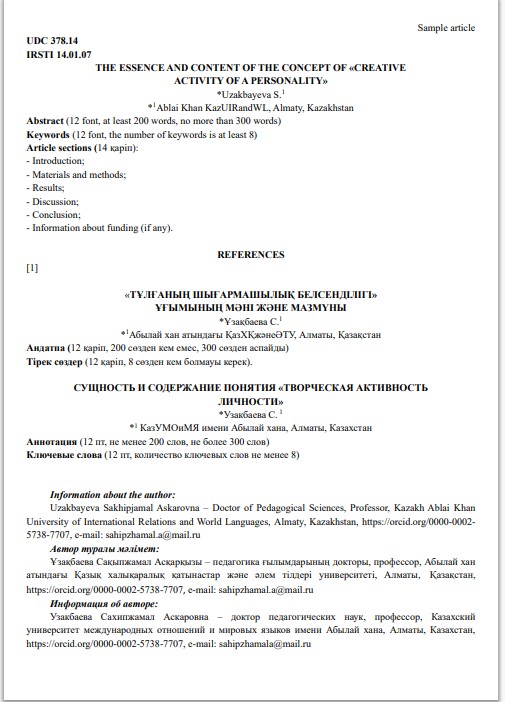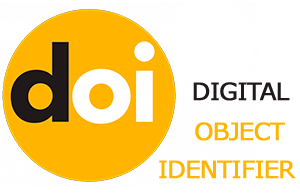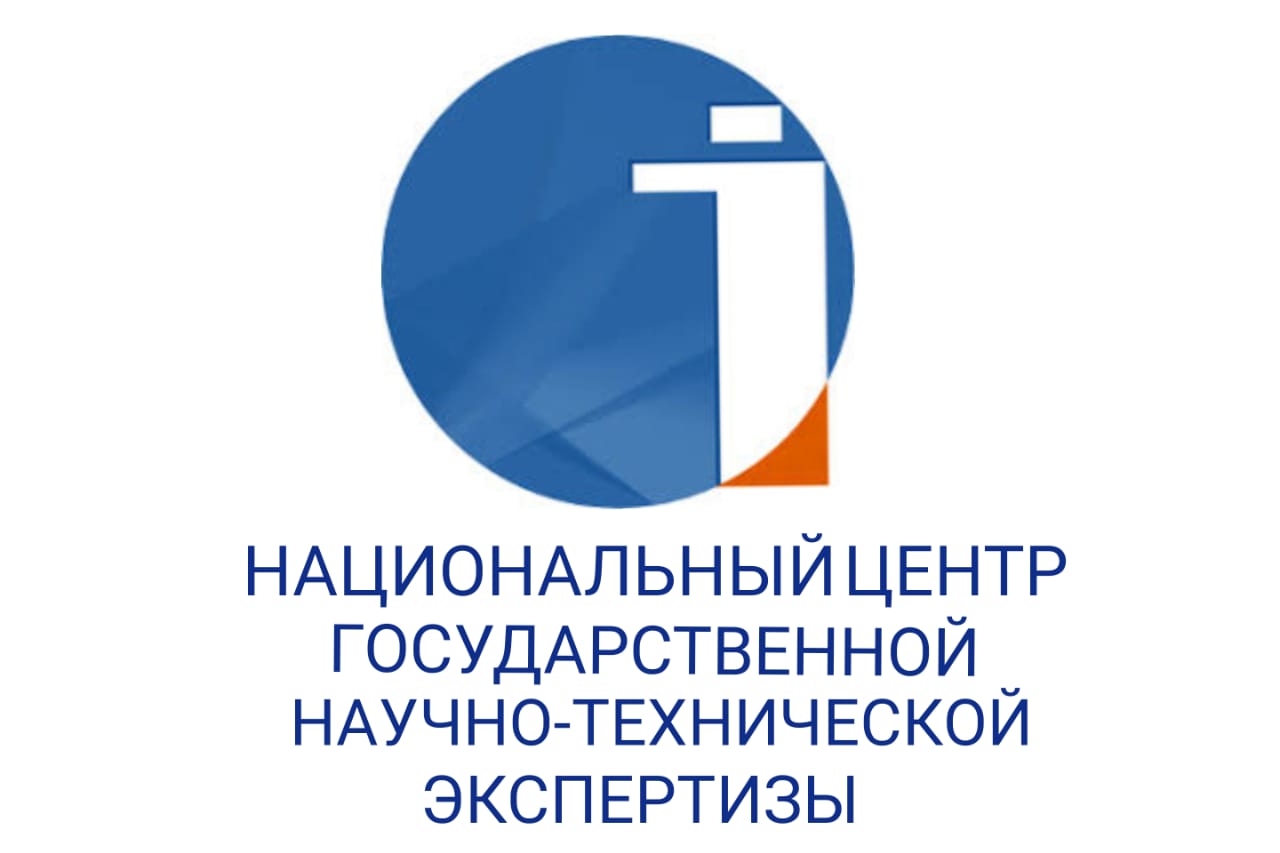Bulletin. Series: International Relations and Regional Studies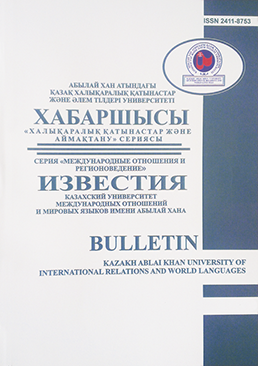
Article formatting requirements
Articles must be formatted in strict accordance with the following rules:
- Submissions are accepted in electronic form only, prepared in Microsoft Office Word (versions 97, 2000, 2007, 2010 for Windows) in the formats .doc, .docx, .rtf.
Article length (excluding title, author information, abstract, keywords, and references) must be between 5 and 16 pages (1 printed sheet).
Font and formatting requirements:
- Font – Times New Roman
- Main text – 14 pt
- Abstract, keywords, references – 12 pt
- Tables – 9–11 pt - Alignment – justified
- Line spacing – single
- Paragraph indent – 1 cm
- Margins: top – 2 cm, bottom – 2.5 cm, left – 3 cm, right – 1 cm
The structure of a scientific article should include: title, abstract, keywords, introduction, description of materials and methods, results, discussion, conclusion, funding information (if applicable), and references.
The article must contain 11 sections:
- UDC code – placed on the first line, left-aligned, bold, 12 pt font. (See Sample Article)
- IRSTI code (International Rubricator of Scientific and Technical Information).
- DOI – printed below without spacing, left-aligned, bold, 12 pt font (assigned by the editorial office). (See Sample Article)
- Article title – one line below, centered, uppercase (all caps), bold, 14 pt font, in the language of the article. (See Sample Article)
- Author(s) – indication of corresponding author marked with an asterisk (*), maximum of 4 authors. Below, without spacing, centered, 14 pt font, lowercase letters: surname and initials, academic degree and title, workplace, city, country, and email address (in the language of the article). (See Sample Article)
- Abstract – one line below, indented 1 cm, 12 pt font, length 200–300 words, in the language of the article.
The abstract must include:- Introduction
- Purpose, main directions, and ideas of the study
- Brief description of the scientific and practical significance
- Short methodology description
- Main results, analysis, and conclusions
- Contribution to the field (research value)
- Practical implications
(See Sample Article)
- Keywords/phrases – one line below, indented 1 cm, 12 pt font, minimum 8 keywords in the language of the article. (See Sample Article)
- Main text – one line below, Times New Roman, 14 pt font, justified, single spacing, 1 cm paragraph indent, margins: top 2 cm, bottom 2.5 cm, left 3 cm, right 1 cm. (See Sample Article)
- References – placed after the text, one line below, centered, uppercase (all caps), bold, 12 pt font, in the language of the article. (See Sample Article)
- The reference list must not exceed 15 sources.
- Citations in the text should be in square brackets: without quotation [1], when quoting or paraphrasing [1, p. 29]. Numbering follows the order of citation.
- For electronic/online sources, include full bibliographic information, URL, and access date.
- To ensure continuity and international integration, authors are encouraged to cite publications from Bulletin of Ablai Khan University as well as works indexed in Scopus and WoS.
- References in Kazakh and Russian must follow GOST 7.1-2003. (See Sample Article)
- Transliterated References – one line below, transliteration of references is required. Print “REFERENCES” in uppercase, bold, 12 pt font, centered. (See Sample Article)
- If the article is in English, transliteration is not required.
- If the article is in Kazakh or Russian, references must be transliterated. (See Sample Article)
- Formatting rules for Latin script references are provided in the section Transliteration Rules: https://bulletin-irr.ablaikhan.kz/index.php/j1/translit
- Repetition of initial structural elements – one line below: title, author(s), abstract, and keywords must be repeated:
- If the article is in Kazakh – repeat in Russian and English
- If the article is in English – repeat in Kazakh and Russian
- If the article is in Russian – repeat in Kazakh and English
(See Sample Article)
Illustrations, Tables, Figures, and Graphs
- The total number of illustrations, tables, graphs, and charts must not exceed 20% of the article volume (up to 30% in some cases).
- Figures, captions, and lists of illustrations must appear within the text.
- Electronic versions of figures must be submitted in TIF or JPG format with a resolution of at least 300 dpi.
- Text in tables, charts, and other graphics must be in Times New Roman, 9–11 pt, numbered, with titles centered above the table.
- Tables should be placed immediately after the first mention in the text.
Example
Table 1. Types of Plans
|
Nominative Plan |
Interrogative Plan |
|
1. Strict rules of mathematics in language |
1. What strict mathematical rules does language follow? |
|
2. Specialized languages |
2. Which languages are considered specialized? |
|
3. Universal languages |
3. Where are universal languages found? |
|
4. Mathematical tools in linguistics |
4. For what purposes are mathematical tools used in linguistics? |
|
5. Application of mathematical methods |
5. For what purposes are mathematical methods applied in linguistics? |
|
6. The necessity of knowing mathematics |
6. Why should a linguist study mathematics? |
The title of the figure is placed below the figure, centered, and inserted in the text immediately after the reference to it.
Example
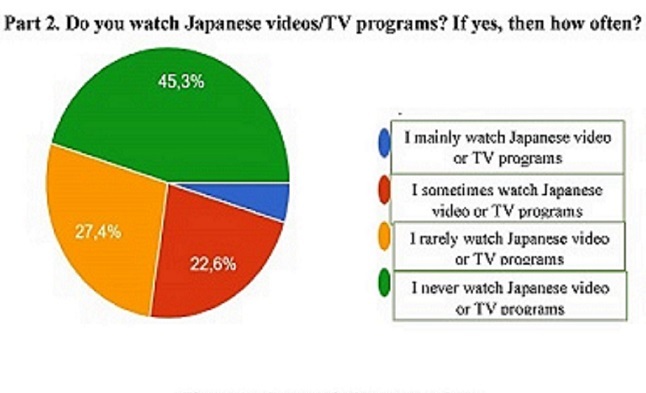
Figure 1 – Interest in Japanese Culture
Figures should have titles with corresponding captions (i.e., placed below the figure), centered, and inserted in the text immediately after the reference to them.
The number of formulas in the text should be kept to a minimum. Formulas must be typed using the appropriate editor.
